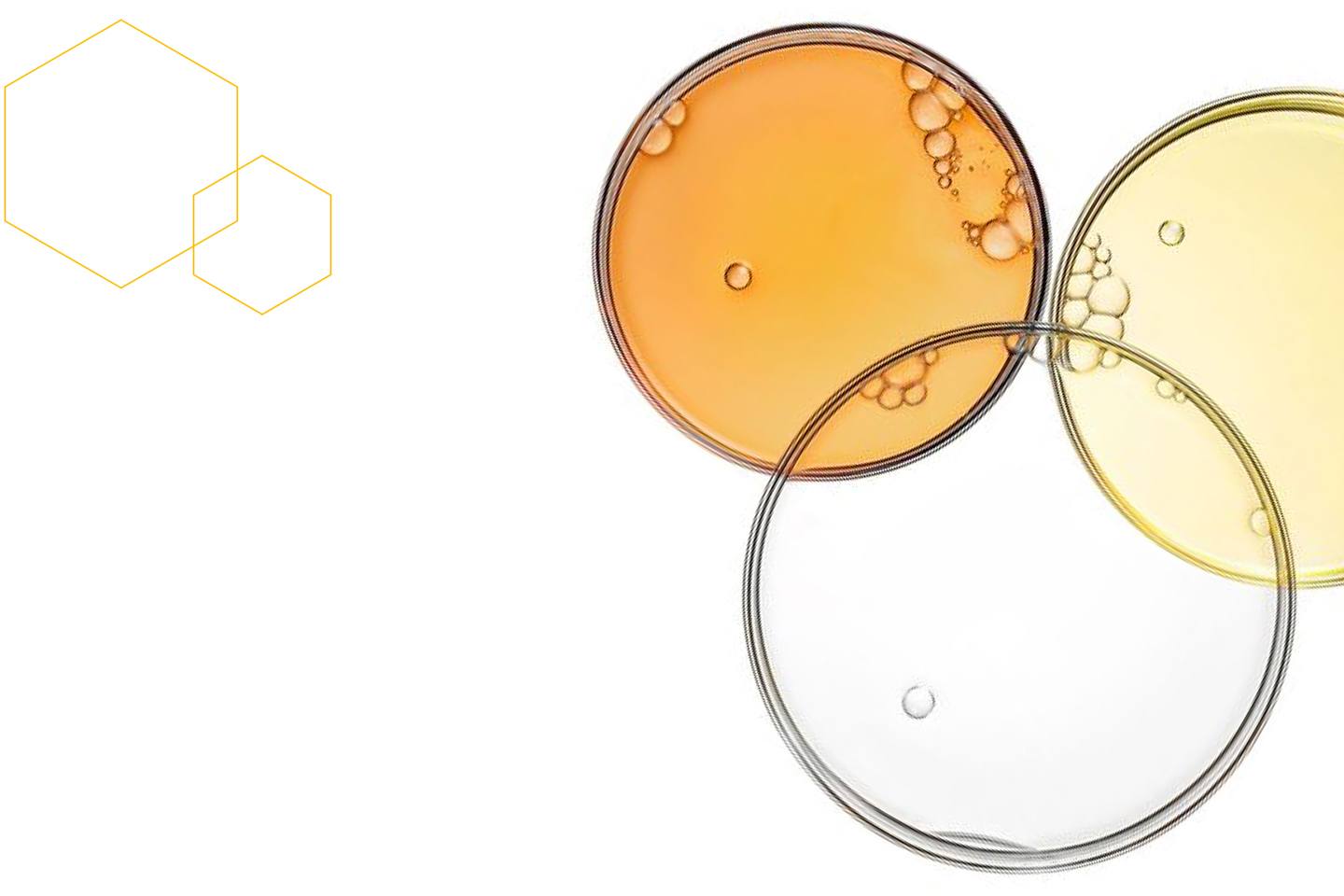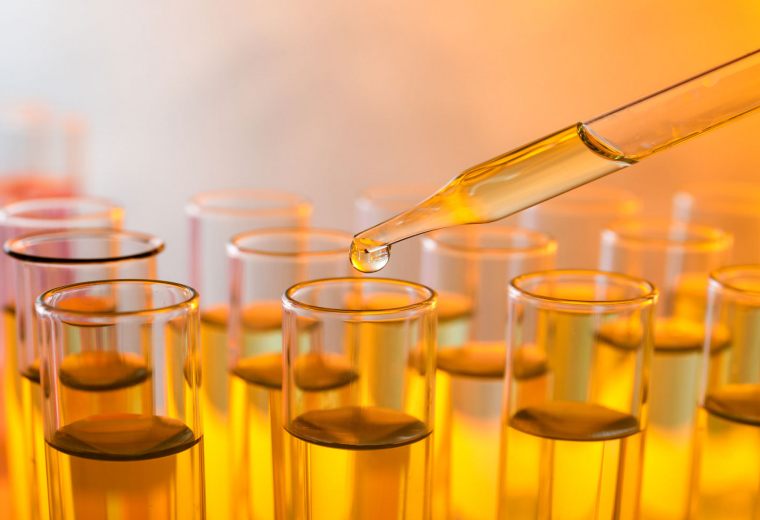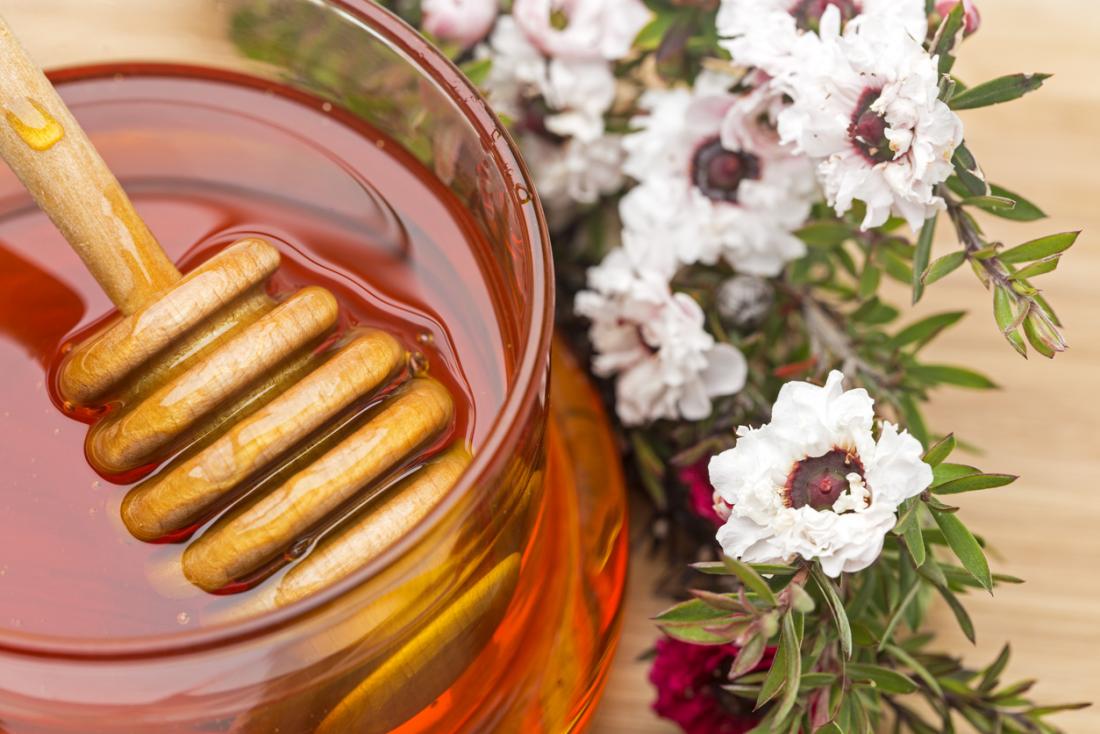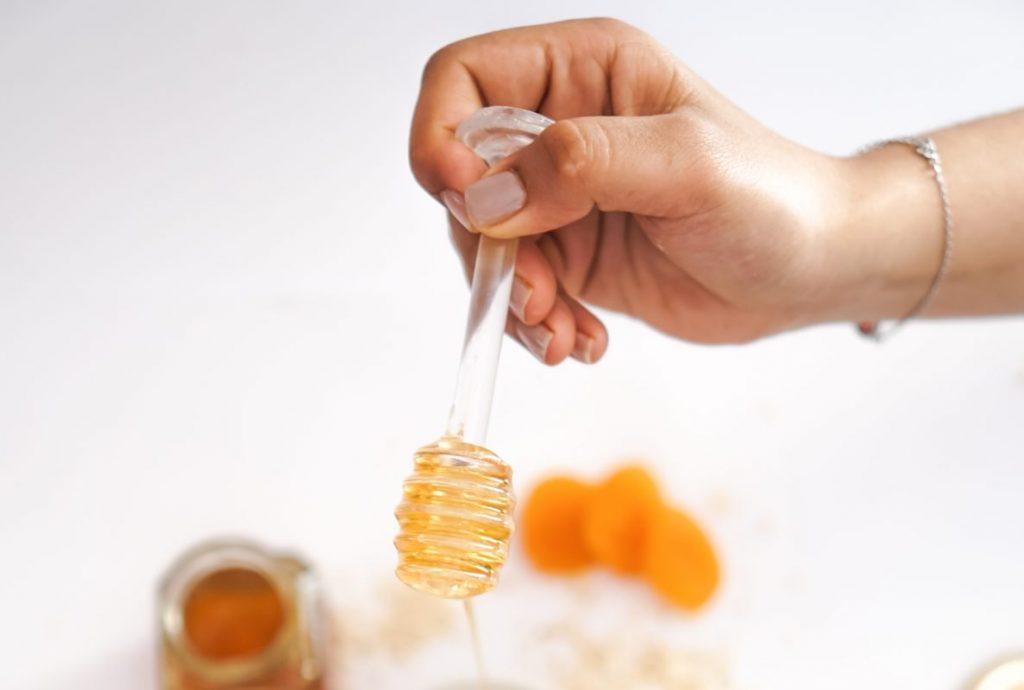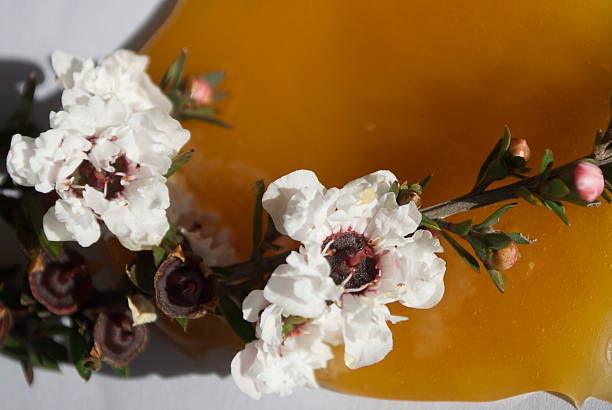Key Researchers
Researchers across the world have committed their careers to understanding more about mānuka honey, some of the leaders in the sector include those below.
- Dr Terry Braggins, Analytica Ruakura, New Zealand
- Dr Peter Brooks, Sunshine Coast University, Australia
- Professor Yoji Kato, Hyogo University, Japan
- Professor Rose Cooper, Cardiff Metropolitan University
- Dr Russell Frew, Otago University, New Zealand
- Professor Liz Harry, University of Technology Sydney, Australia
- Dr Kerry Loomes, Auckland University, New Zealand
- Daniel Melonchelli, Sunshine Coast University, Australia
- Professor Peter Molan, Waikato University, New Zealand
- Professor Karl Speer, Dresden University, Germany
- Dr Jonathan Stephens, Auckland University, New Zealand
- Emeritus Professor Alistair Wilkins, Waikato University, New Zealand

